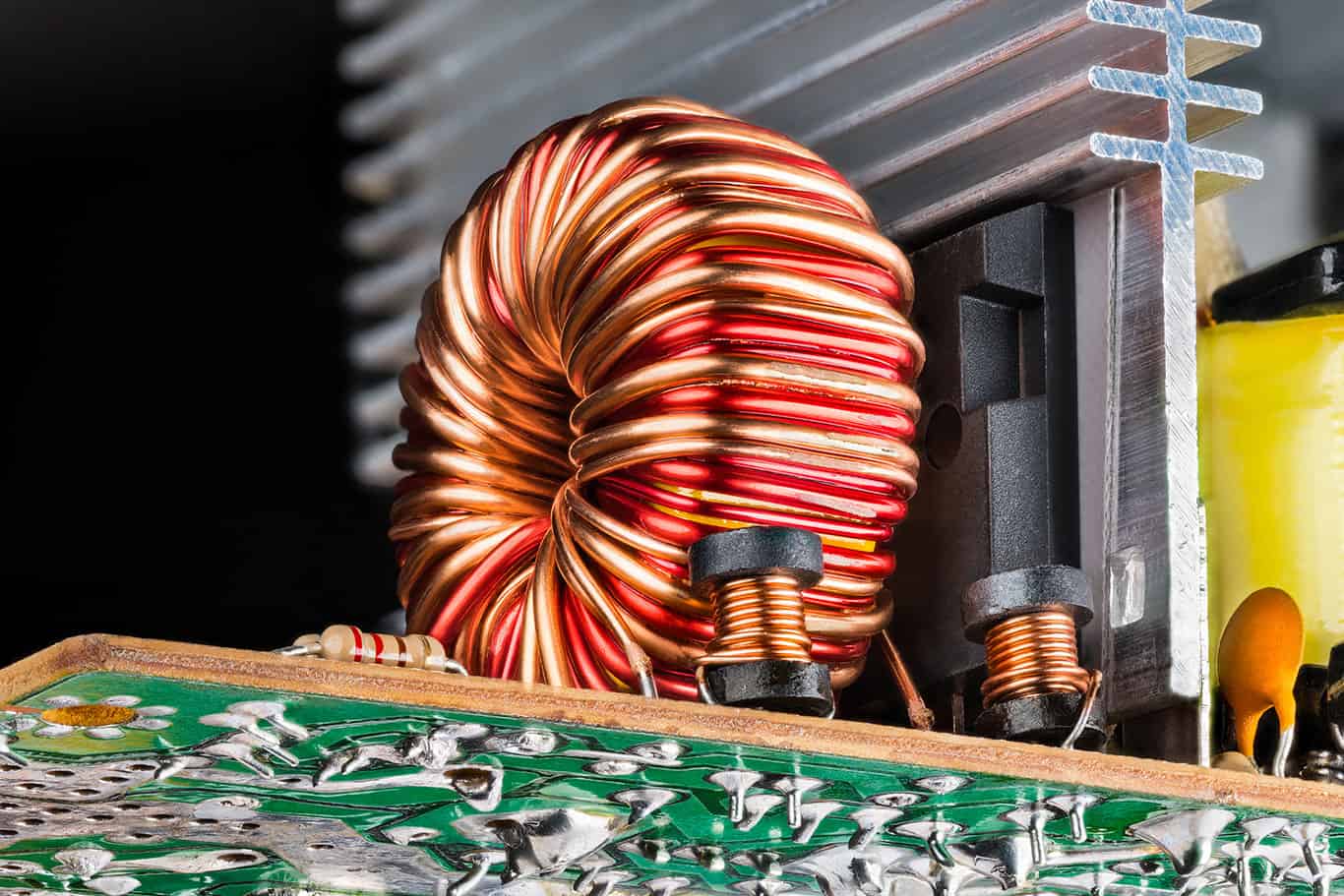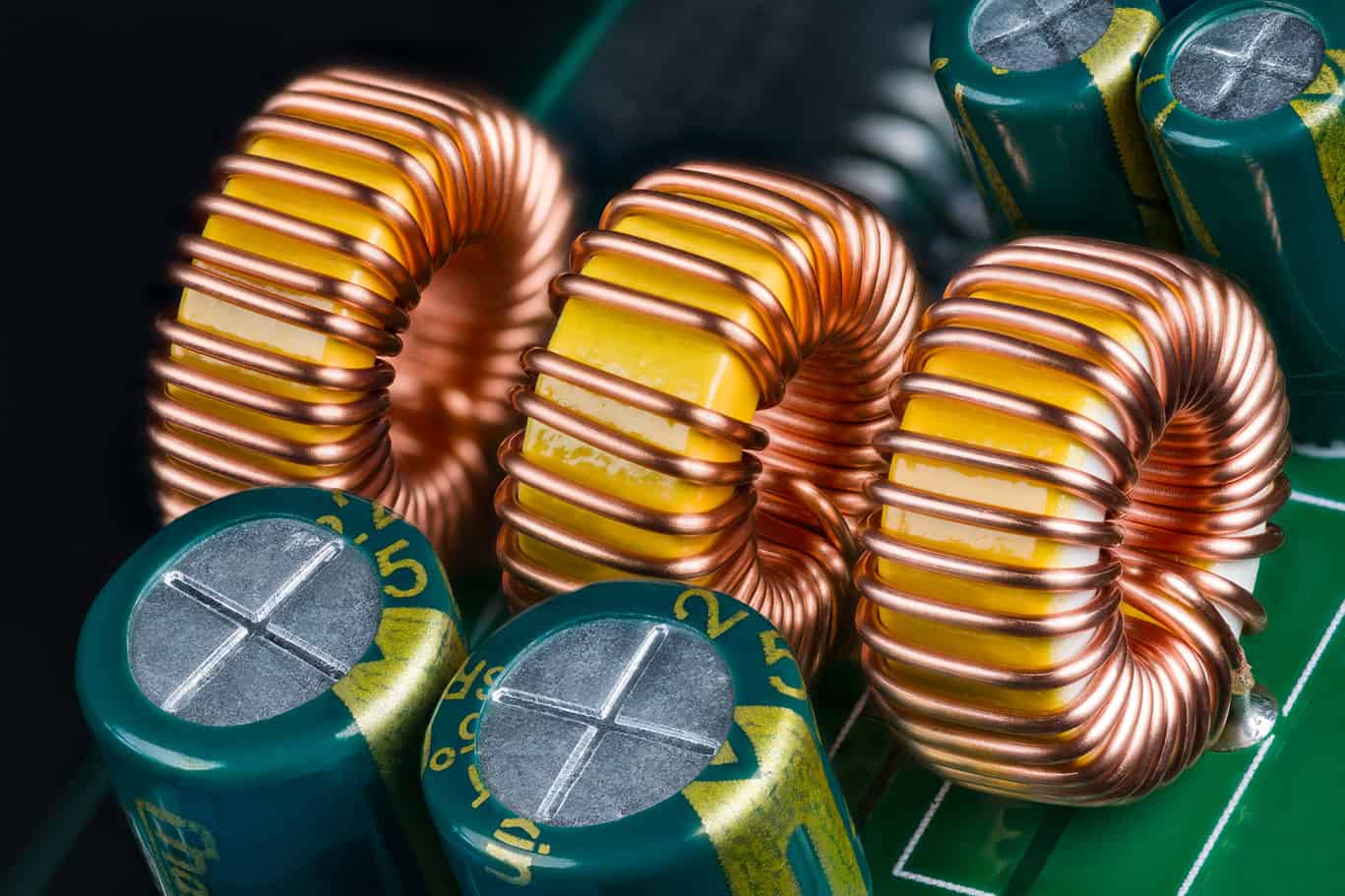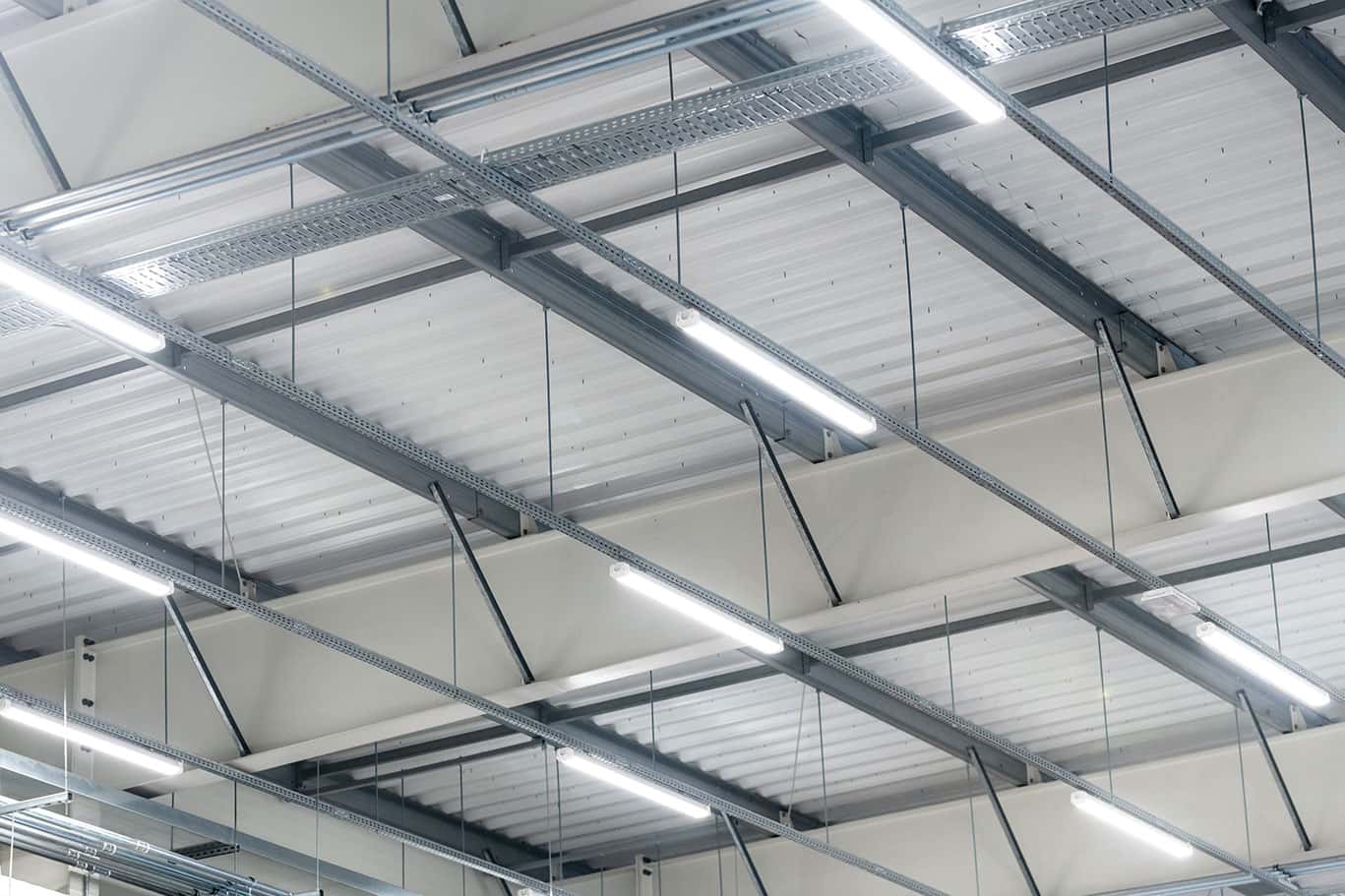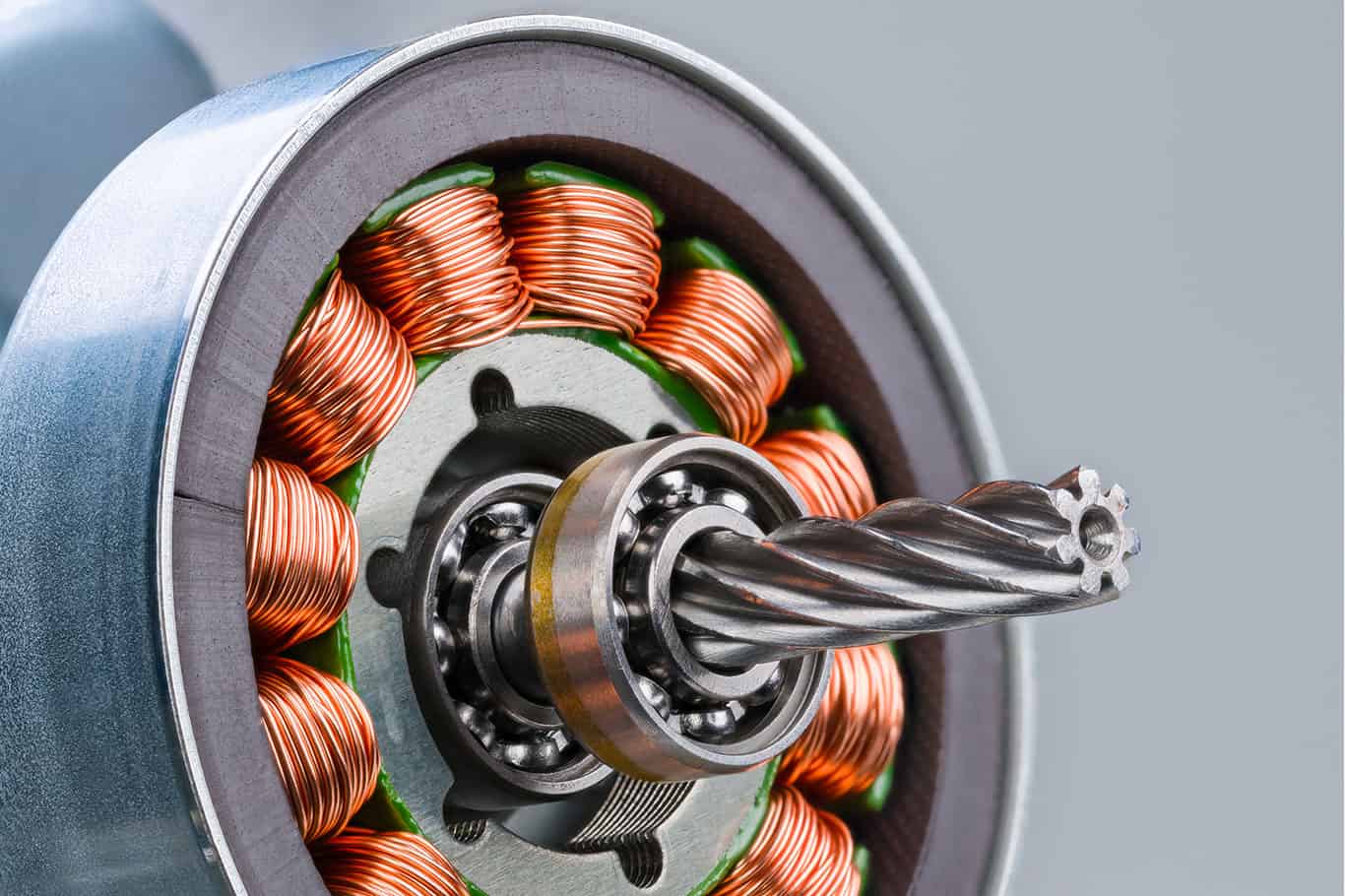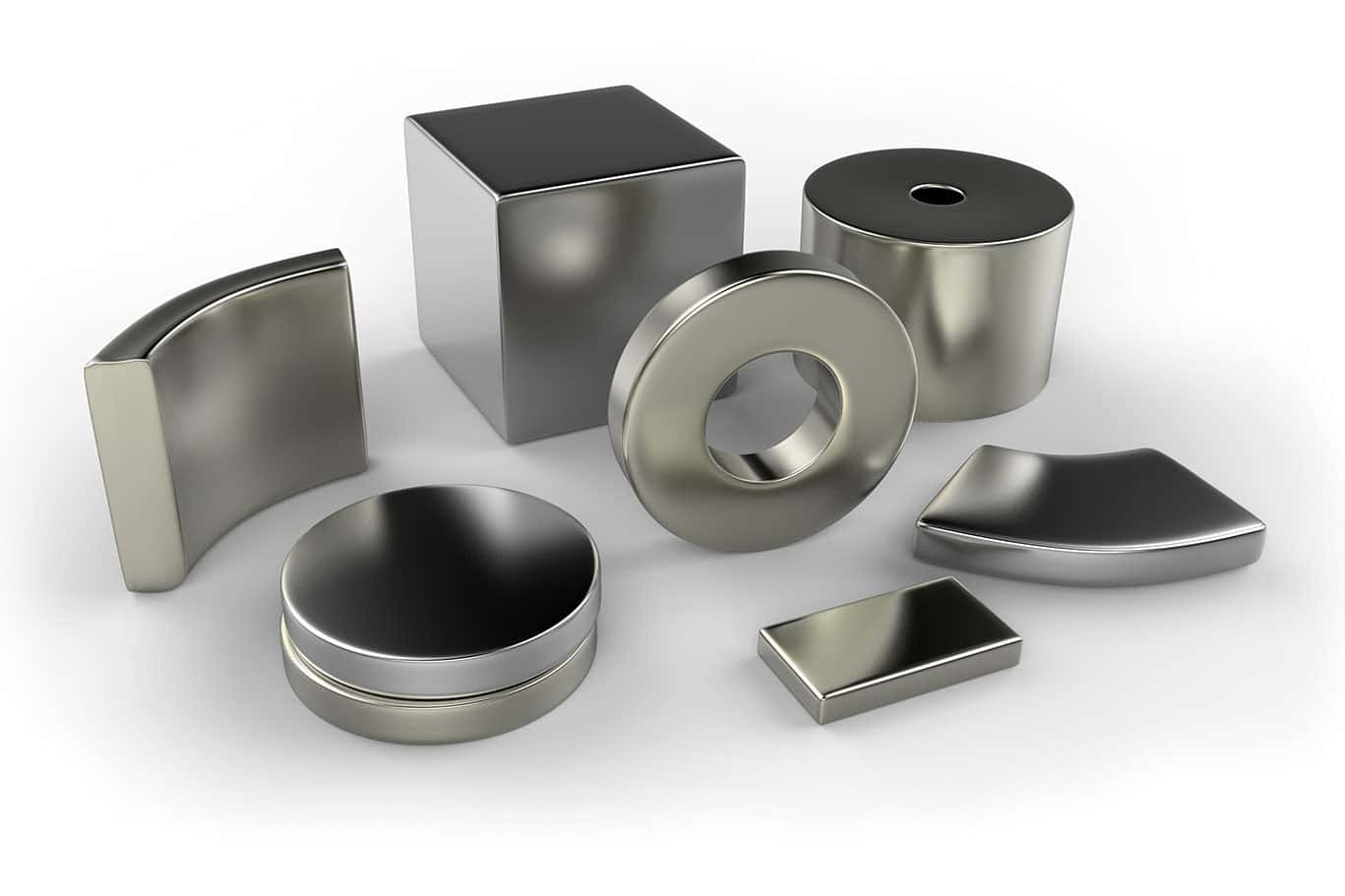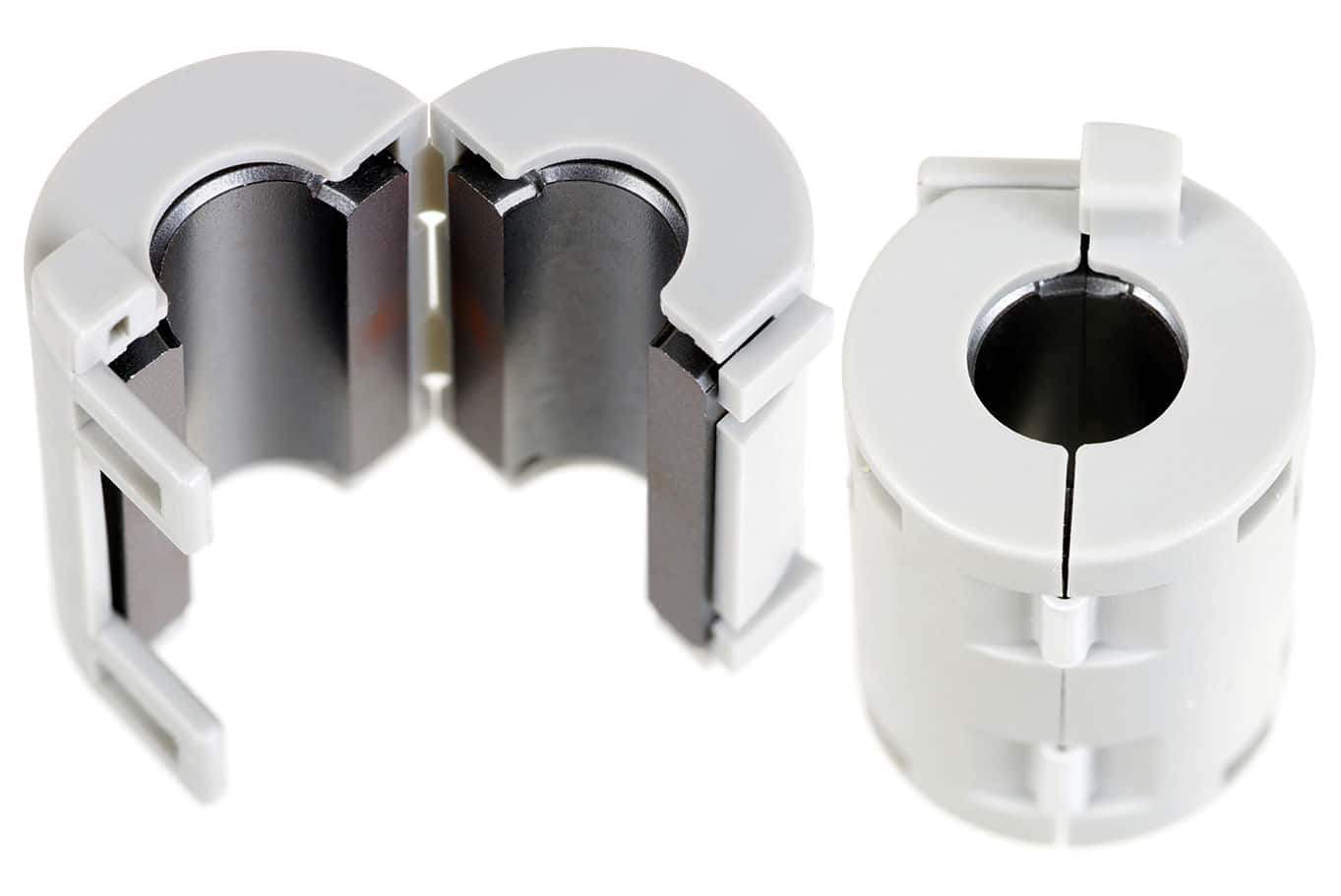Switching to LED ceiling lights is one of the simplest and most effective ways to lower energy consumption while contributing to a more sustainable environment. LED technology has rapidly become the go-to solution for businesses and households seeking to reduce their energy bills and decrease their carbon footprint. In this blog, we will explore how LED ceiling lights achieve these benefits and why it’s a vital upgrade in today’s energy-conscious world.
The Energy Efficiency of LED Ceiling Lights
LED (Light Emitting Diode) lighting is known for its remarkable energy efficiency. Traditional incandescent and fluorescent bulbs waste a significant portion of electricity by generating heat. In contrast, LED lights convert most of the energy they consume directly into light, leading to lower energy usage.
How Do LED Ceiling Lights Save Energy?
LED lights use up to 90% less energy compared to incandescent bulbs and 50% less than compact fluorescent lights (CFLs). This energy-saving capability is due to the innovative design of LEDs, which produce light through an electronic process rather than heating a filament or gas. As a result, switching to LED ceiling lights can significantly cut energy consumption and reduce monthly electricity bills, particularly in commercial or industrial settings where lighting is a large part of energy use.
Reducing Carbon Footprint with LED Ceiling Lights
Energy-efficient LED ceiling lights also play a key role in reducing carbon emissions. Since they consume less electricity, LEDs help to decrease the demand for power, most of which is still generated from fossil fuels. By lowering energy use, businesses and households contribute to fewer CO2 emissions, directly impacting their carbon footprint.
Long-Lasting and Eco-Friendly
In addition to their efficiency, LED lights last much longer than traditional lighting options. The average lifespan of an LED bulb is around 50,000 hours, compared to just 1,200 hours for an incandescent bulb. This longevity reduces the need for frequent replacements, which means less waste ending up in landfills and a reduction in the environmental impact associated with manufacturing and transporting new bulbs.
Moreover, LEDs do not contain harmful substances like mercury, which is commonly found in fluorescent lighting. This makes LEDs a safer and more environmentally friendly choice, reducing the risk of pollution and ensuring compliance with modern waste disposal regulations.
Financial Benefits of Switching to LED Ceiling Lights
The initial cost of LED ceiling lights may be higher than traditional bulbs, but the long-term savings more than make up for this. Businesses that switch to LED ceiling lights can expect a significant reduction in their electricity bills, thanks to the technology’s efficiency. In many cases, the savings in energy costs result in a return on investment (ROI) within just a few months of installation.
Additional Savings from Lower Maintenance Costs
Another financial advantage of LED ceiling lights is their durability. LEDs are less prone to damage and rarely need replacing due to their long lifespan. This reduces maintenance and replacement costs, particularly in commercial environments where lighting fixtures can be expensive to replace.
LEDs in Commercial and Industrial Applications
LED ceiling lights is particularly beneficial in commercial and industrial spaces, where large-scale lighting systems are needed. Offices, warehouses, and factories can dramatically lower their energy costs by making the switch to LEDs. Many businesses are also using LED tubes to replace older fluorescent lighting systems, which can be less efficient and require more maintenance.
In industrial settings, the durability of LED ceiling lights is especially advantageous. LEDs can operate effectively in extreme temperatures and environments, providing consistent light without the frequent burnout or flickering common in traditional bulbs. This reliability translates to fewer interruptions in workspaces and improved safety for employees.
Government Initiatives and Incentives for LED Ceiling Lights
Many governments and local authorities in the UK offer incentives and grants to businesses and homeowners who invest in energy-efficient lighting solutions, including LEDs. These initiatives aim to reduce national energy consumption and promote environmentally friendly practices. If you’re considering upgrading to LED ceiling lights, it’s worth exploring any financial support available to help with the cost of installation.
For more information on LED ceiling light options and to explore our range of energy-efficient solutions, please visit our LED Lighting page.
Upgrading your lighting system to LEDs is not only a smart financial decision but also an environmentally responsible choice. For expert advice and to learn more about how LED ceiling lights can benefit your business, contact East Manufacturing Technologies Ltd today at:
Email: sales@emtl.co.uk
Phone: +44 1462 680689
Address: East Manufacturing Technologies Ltd, Pixmore Centre, Pixmore Avenue, Letchworth, Hertfordshire, SG6 1JG
Frequently Asked Questions (FAQs)
Q1: How much energy can I save by switching to LED ceiling lights?
A1: On average, you can save up to 90% in energy consumption compared to traditional incandescent lighting and around 50% when compared to compact fluorescent lights (CFLs).
Q2: Are LED lights environmentally friendly?
A2: Yes, LED lights are highly eco-friendly. They consume less energy, last longer, and don’t contain harmful substances like mercury, making them a sustainable choice.
Q3: Is there financial support for businesses switching to LED ceiling lights?
A3: Many local authorities and government initiatives offer incentives and grants to encourage the switch to energy-efficient lighting systems like LEDs. Check with your local council or energy provider for available options.

